
It is interesting to see the public perception of our trade. Some people have been aware of it since year dot, others are only just now becoming aware of the benefits our window films can give them. Looking at the costs of incorporating all the benefits into glass, window film is far more economical than anything else.
We install our products on old houses with old glass as well as on brand new double glazed homes or businesses. There is no wrong time or age to have this done.
In new homes, with clear double glazing, the need for tinting becomes evident the moment the sun is heating up the rooms. Although the glass industry still gives us a hard time, by suggesting that any film applied will invalidate their warranties, we have never had a claim in all the time we have been in business. Reality is, a well constructed system in conjunction with the right film will not fail. Care has to be taken in the choice of film, and a good knowledge of glass types is required to get it right.
So, is tinting glass still popular? You bet! More than ever!


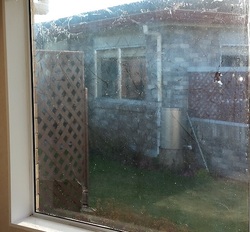
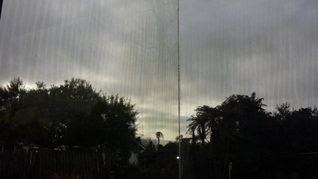
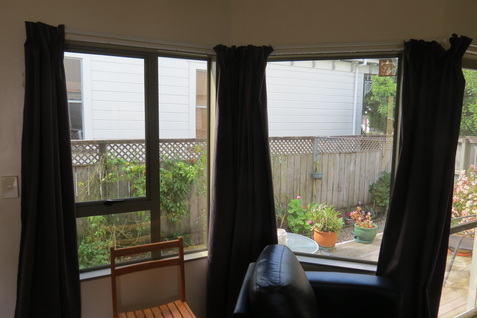

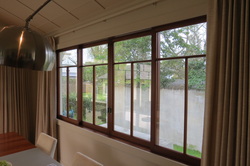

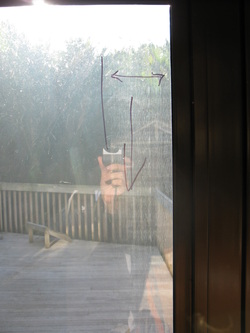
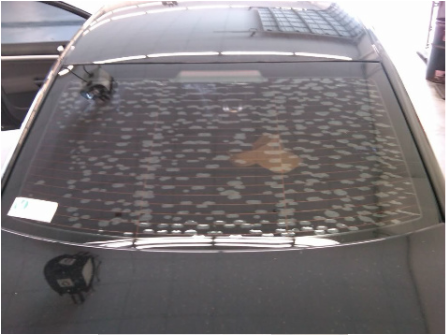
 RSS Feed
RSS Feed
